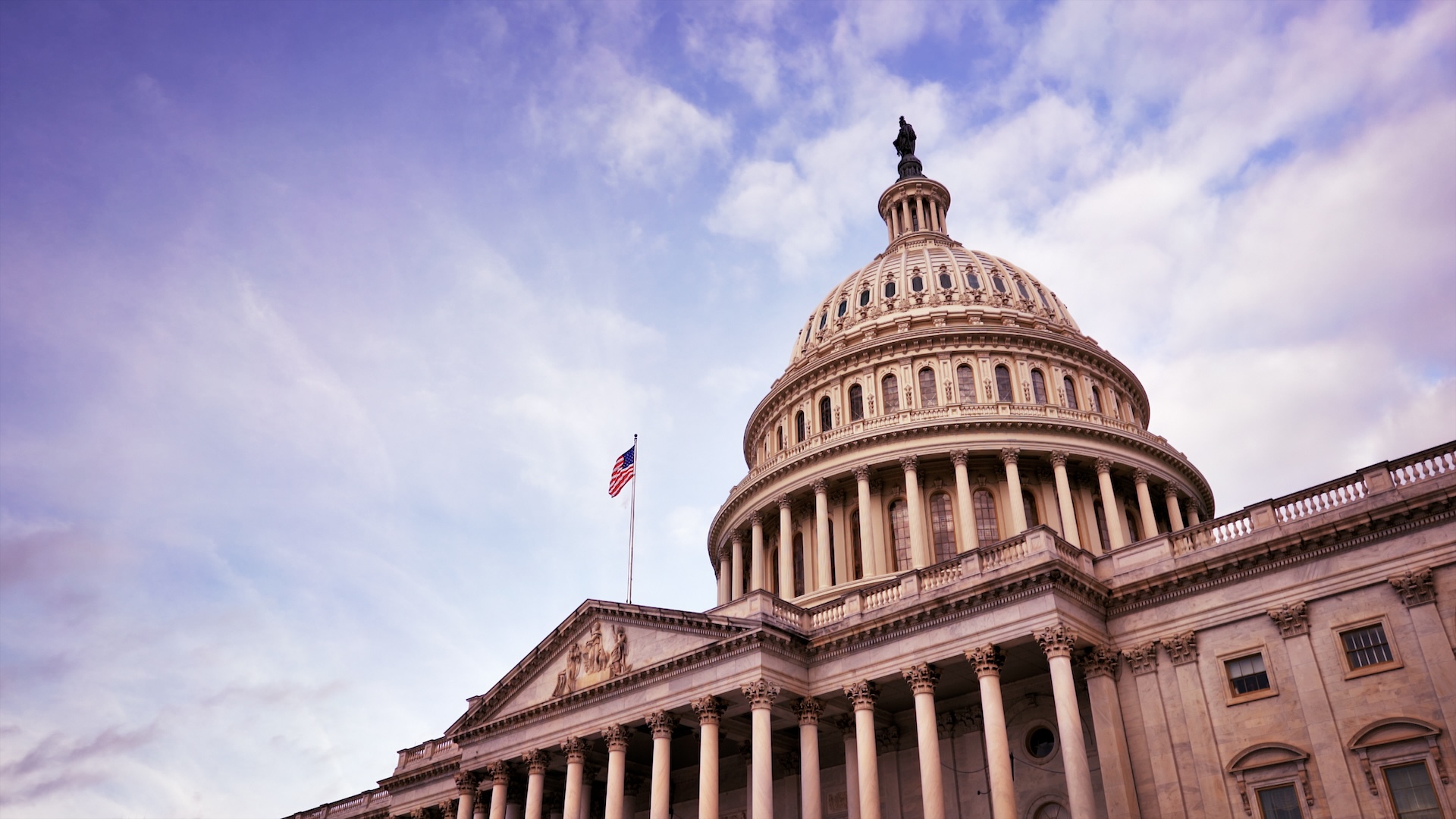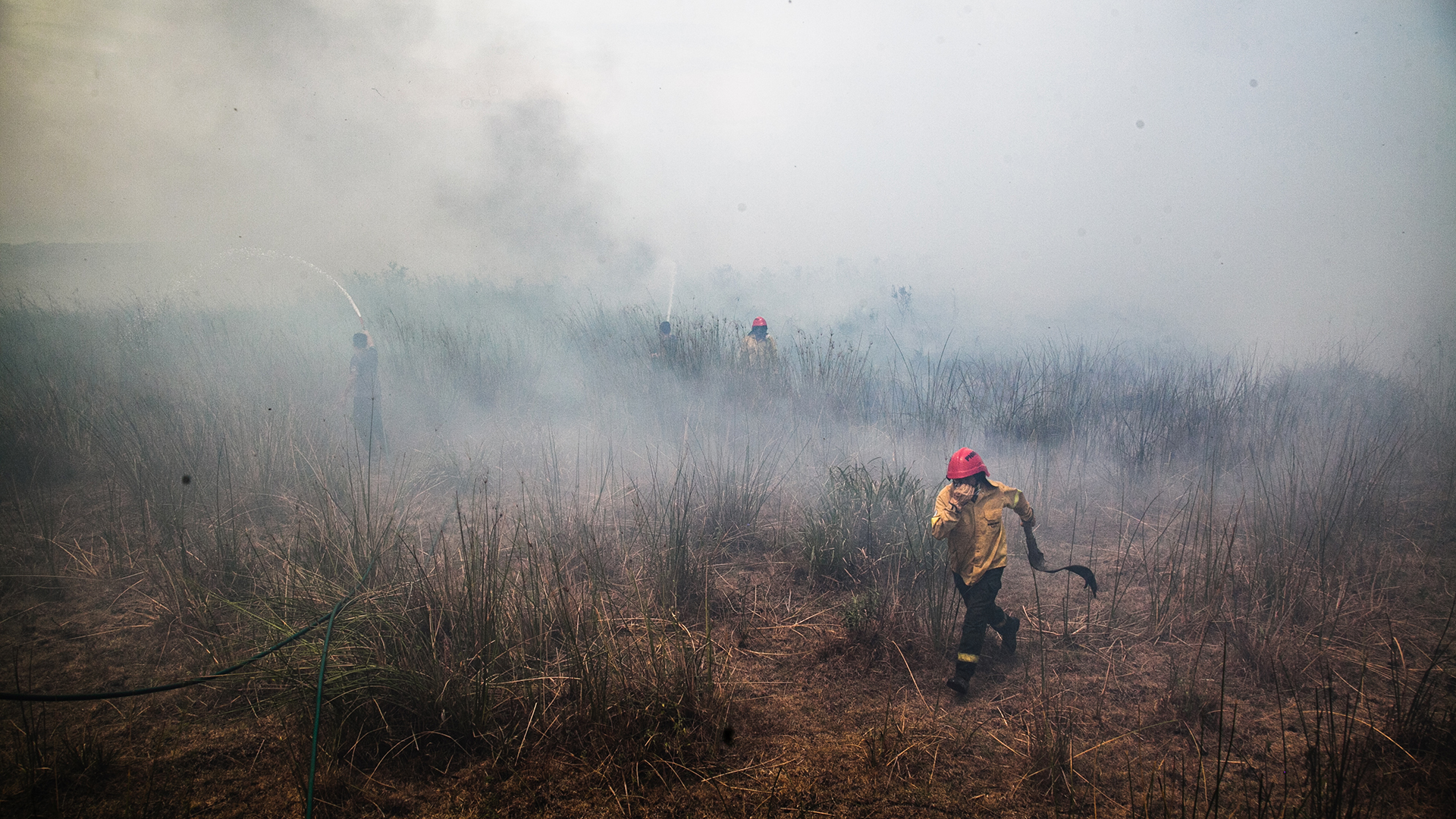Sustainability, Vol. 16, Pages 10122: What Drives Vegetation Evolution in the Middle Reaches of the Yellow River Basin, Climate Change or Human Activities?
Sustainability doi: 10.3390/su162210122
Authors: Mengmeng Gao Nan Yang Qiong Liu
The middle reaches of the Yellow River Basin (MYRB) are known for their significant soil erosion and fragile ecological environment, where vegetation growth is important. However, the vegetation’s reaction to climate change (CC) and human activity (HA), and the potential driving mechanisms underlying such changes in the MYRB, have not yet been clarified. Thus, based on remote sensing data, combined with trend analysis and the Hurst method and supplemented by the structural equation model (SEM) and residual analysis method, we aimed to conduct an analysis of the spatio-temporal evolution of the normalized difference vegetation index (NDVI) in the MYRB from 2000 to 2020. Additionally, we explored how climate and human factors together affect the NDVI and quantified the proportion of their respective contributions to NDVI change. The NDVI exhibited a fluctuating upward trend in the MYRB. Moreover, approximately 97.7% of the area showed an improving trend, with nearly 50% of the area continuing to maintain an improving trend. Precipitation and temperature had positive effects on the NDVI, while vapor pressure deficit (VPD) and land use intensity (LUI) had negative effects. HA played a pivotal role in the vegetation improvement area with a contribution rate of 67.53%. The study revealed NDVI variations and emphasized the influence of HA on the NDVI in the MYRB. The findings are vital in comprehending the response mechanism of ecosystems and guiding reasonable environmental protection policies, which is beneficial for the sustainable development of the region.

 1 day ago
15
1 day ago
15


